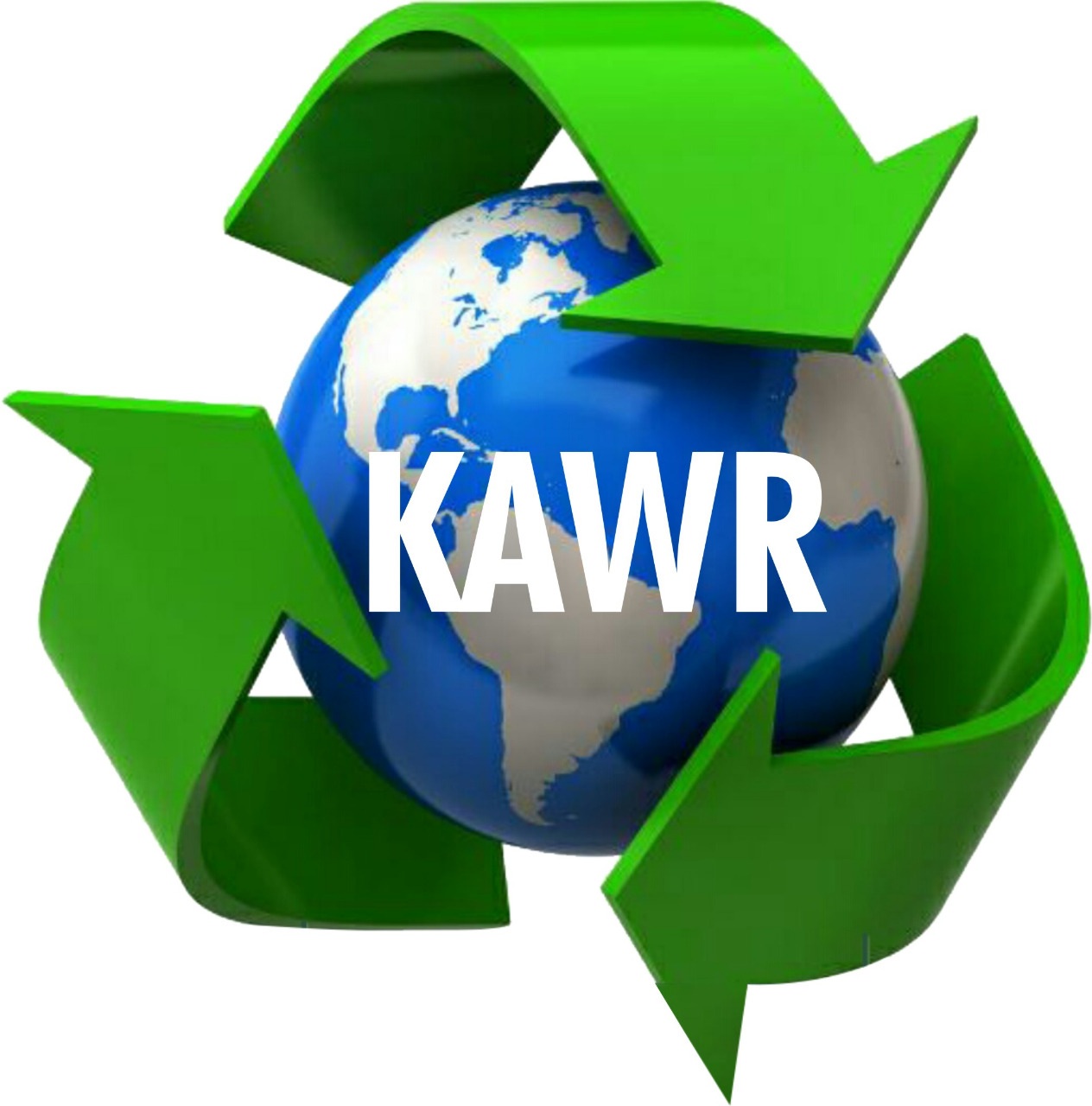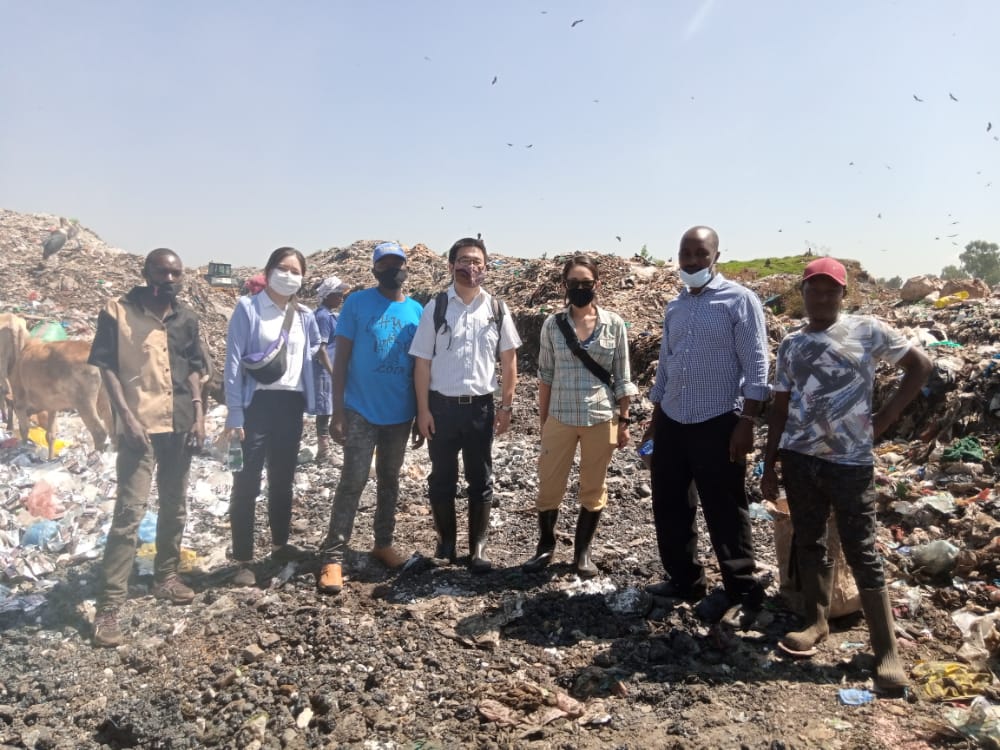Kenya Association of Waste Recyclers (KAWR) is a pivotal organization in Kenya’s waste management sector, established in 2017. As the nation embarks on implementing Extended Producer Responsibility (EPR), KAWR stands at the forefront, advocating for sustainable waste management practices. It serves as an umbrella body for private sector entities engaged in materials recovery from waste, encompassing activities such as recycling, composting, and power generation.
The implementation of the Extended Producer Responsibility (EPR) framework in Kenya necessitates a strategic approach to determining subsidy rates for waste collection and recycling entities. These rates are pivotal in ensuring the efficacy and sustainability of the EPR program. Below are the key considerations for establishing these rates:
Determining Subsidy Rates: Key Considerations
- Collection Costs: It is imperative for producers to evaluate the financial outlay required for waste collection services, which encompasses transportation, sorting, and handling operations. A direct correlation exists between the complexity of these activities and the subsidy rate; more intricate and costly collection processes may necessitate a higher rate of subsidy.
- Recycling Costs: The financial burden associated with the recycling process, including but not limited to sorting, cleaning, and processing, must be taken into account. Materials that incur higher recycling costs should be considered for increased subsidy rates to ensure their sustainable management.
- Market Value of Recyclables: The market demand for recyclable materials significantly influences the subsidy rate. Materials with a robust market presence, such as PET bottles, may operate effectively under a reduced subsidy rate due to their inherent value.
- Environmental Impact: Producers are tasked with evaluating the environmental dividends of recycling various materials. Materials that offer substantial environmental benefits, particularly those that are hazardous or challenging to recycle, may justify a heightened subsidy to promote their recovery and reuse.
- Social and Economic Considerations: The socio-economic implications on individuals and communities involved in waste collection, particularly waste pickers, informal collectors, and marginalized groups, must be factored into the subsidy equation. Subsidies serve as a mechanism to enhance their quality of life and work conditions.
- Overall Recycling Goals: The subsidy rate should be congruent with the overarching recycling objectives at both national and regional levels. Ambitious recycling targets may require more generous subsidies to catalyze progress towards these goals.
Waste Streams Requiring Enhanced Incentives
Certain waste streams warrant additional incentives for a variety of reasons:
- Complex Materials: Waste streams comprising materials that pose recycling challenges, such as multi-layer plastics and electronic components, often necessitate higher subsidies to foster their appropriate management and recycling.
- Low Market Value: Waste streams characterized by low market desirability, such as mixed plastics, require stronger incentives to bolster recycling initiatives and ensure their viability.
- Environmental Impact: Waste streams that include hazardous or toxic substances, like batteries and electronic waste, should receive incentives to mitigate potential environmental degradation.
- Social Equity: The critical role of waste pickers and informal collectors in the recycling ecosystem should be acknowledged through incentives that promote their fair treatment and economic inclusion.
- Circular Economy Goals: Waste streams that align with the principles of a circular economy, particularly those that enable closed-loop recycling, may benefit from additional incentives to support their transition to sustainable practices.
Criteria for Subsidy Eligibility
Entities involved in waste management, such as waste pickers, recyclers, and collection operators, can qualify for subsidies by adhering to the following criteria:
- Compliance: Adherence to EPR regulations is non-negotiable. Entities must demonstrate compliance with established waste handling, sorting, and recycling protocols.
- Reporting and Transparency: Ensuring transparency in reporting on waste collection and recycling processes is paramount. It is crucial for all stakeholders to disclose their methods, volumes, and frequencies of waste collection and recycling. This transparency not only fosters trust among consumers and regulatory bodies but also promotes accountability. Entities involved in these activities should provide comprehensive reports that detail their specific contributions to waste management and recycling efforts, thereby demonstrating their commitment to environmental stewardship.
- Inclusion of Informal Sector: Extended Producer Responsibility (EPR) schemes must not overlook the informal sector, which often plays a significant role in waste management, especially in developing economies. It is essential to recognize and incorporate informal waste pickers into the formal waste management framework. This inclusion can be achieved through policy reforms, capacity-building programs, and by providing access to necessary resources. Integrating these workers helps in legitimizing their role, ensuring fair compensation, and improving waste management systems’ efficiency and effectiveness.
- Performance Metrics: Linking financial incentives such as subsidies to specific performance metrics could drive better outcomes in waste management. These metrics might include, but are not limited to, the total volume of waste collected, the rates of recycling achieved, and the quantifiable environmental impact of these activities. By doing so, it encourages organizations to strive for higher performance standards and aligns financial rewards with tangible environmental benefits. Such a system would incentivize innovation and investment in more efficient collection and recycling technologies and methodologies, ultimately leading to enhanced sustainability in waste management.

